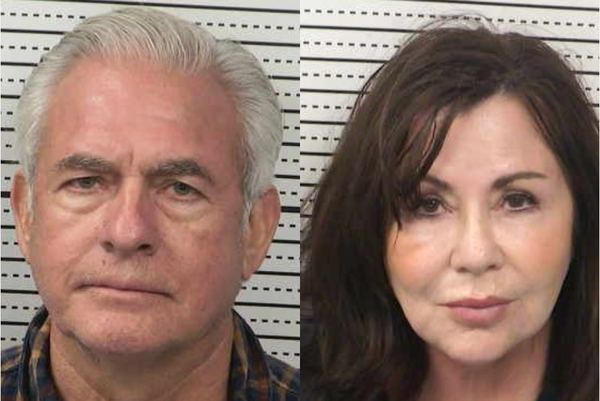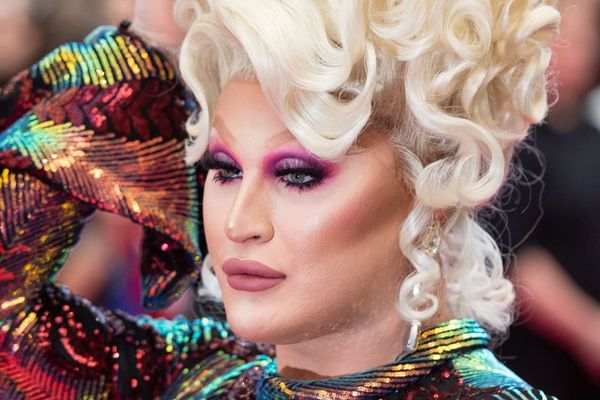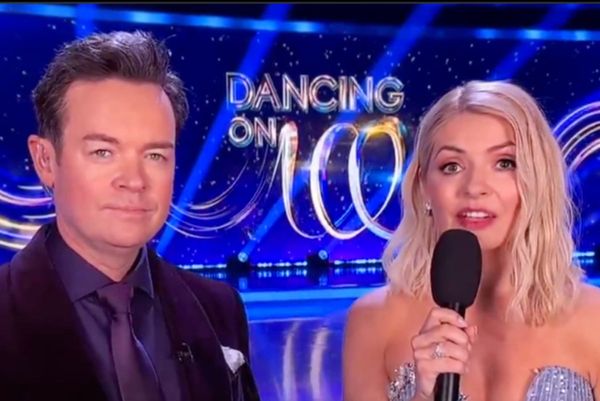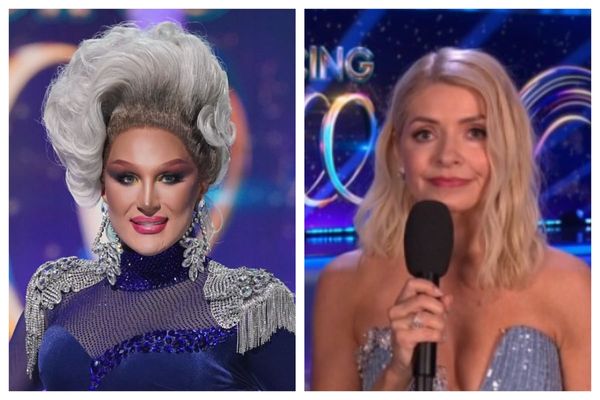
Drag artists are under unprecedented pressure as they are “more visible, but also more debated” than ever before, performers have said, as they paid tribute to The Vivienne.
The international drag community came together in London for RuPaul’s DragCon UK over the weekend, its first large gathering since the Welsh performer’s death.
The Vivienne, real name James Lee Williams, won the inaugural season of RuPaul’s Drag Race UK in 2019 and had since forged a career on the stage, appearing in UK tours of the Wizard of Oz and Chitty Chitty Bang Bang. Williams died earlier this month at the age of 32. A cause of death is yet to be established.
Their final television appearance was on the Boxing Day edition of Blankety Blank, after which they received abuse online for appearing on the BBC One gameshow in drag.
Danny Beard, a fellow winner of Drag Race UK who hails from Merseyside, believes a growing tide of bigotry towards the community is fuelled by transphobia. Drag artists are “more visible but also more debated than ever”, they said, and certain corners of the society have become more comfortable not viewing them as people.
“There’s this real rightwing vile propaganda at the moment, and I feel that drag queens get the thin edge of the wedge when it comes to transphobia - I get to put this on and take it off, but our trans brothers and sisters can’t,” Beard added.
Beard drew comparisons between The Vivienne’s appearance on Blankety Blank and that of Paul O’Grady, who appeared on the same show as Lily Savage more than 25 years ago. O’Grady’s appearance was a rare moment of LGBTQ+ visibility, Beard said, but things were different now. “There’s a different agenda, and it’s a nastier one,” they said.
Juno Birch, an independent drag artist who identifies as a transgender woman outside of drag, said LGBTQ+ people, especially trans people, were under more public scrutiny than ever before.
“I’m a transgender woman out of drag and I have been for nearly 20 years, it’s only in the last three years that I have started to feel a bit more cautious in public. It’s gotten a little bit scary - it definitely has changed.”
Ginger Johnson, the winner of series five of Drag Race UK, said the situation was “as dire as ever” as drag artists had to live with constant abuse and personal attacks online from people who wanted to insult their “lives, passions and families”.
“There’s a lot of love out there but there’s also so much hate. I think there’s this weird conversation at the moment that’s just a recycling of homophobia from three decades ago, trying to paint drag as this dangerous or disgusting thing.
“It’s just identity politics really, and it’s anger over nothing. They speak about drag but don’t know anything about it. They don’t know the transformative power of it. They don’t know how it changes peoples lives, and they don’t know how it saves peoples lives.”
Sasha Velour, a winner of Drag Race US, has spoken of how drag has helped her mental health in the past. Velour said the art form would never die out, even as a second presidency of Donald Trump neared.
“I hope a little beauty and joy can give people comfort for whats ahead – I think the biggest thing we can show people by being visible is that no person is alone, there’s millions of us in this together and we do have strength in numbers.”










